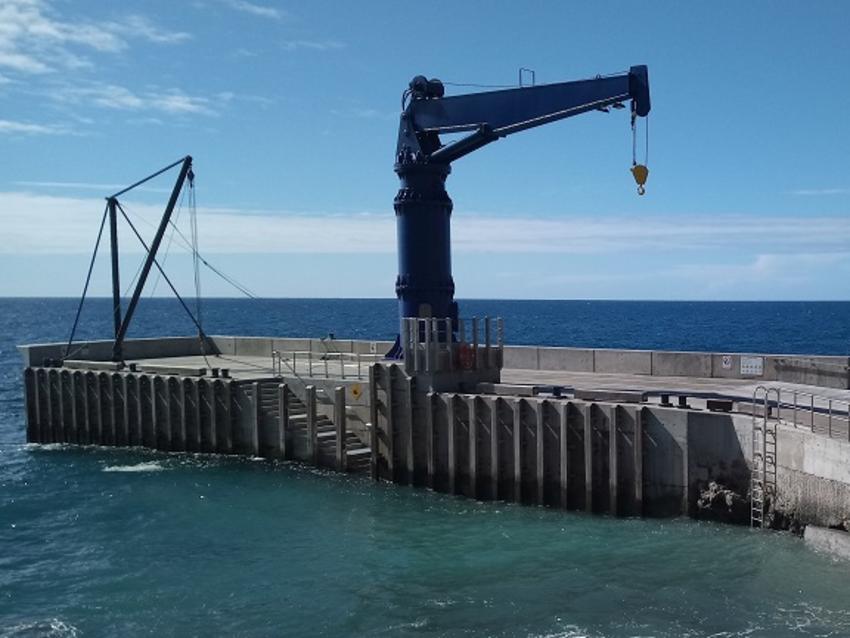With major logistical issues and occasional passing cyclones, upgrading and expanding a pier on a remote Pacific island was never going to be straightforward. But if there’s one company with the specialist experience it takes to tackle complex maritime projects, it’s Waterway Constructions…

Sitting 1,400km off the east coast of Australia and home to just 1,700 people, Norfolk Island is a green and beautiful 35km2 speck of land in the South Pacific.
In early 2016, Keller company Waterway Constructions won an open tender from the Australian government to upgrade one of the island’s two piers. The aim was to better service fishing and cargo boats, as well as improving accessibility for cruise ships to boost the local economy.
The 19-month, A$15 million project, which started on site in July 2016, involved extending Cascade pier on the north-east coast by 25m, raising it 1m and constructing a 1m high wave-deflector wall. The scope also included installing a new 35-tonne dock crane. So far so fairly straightforward, but this was a unique project that brought with it numerous challenges.
Local resources
“There was a lot of careful planning beforehand, with everything needing to be ordered well in advance because of a six-week transit time from the mainland,” says Northern Region Operations Manager Tony Matthews. “We shipped over all our diving gear and drilling equipment, and were able to use the island’s excavators, but we needed to import a 25-tonne capacity crane to assist in undertaking the works.
“All cargo coming to the island was transferred from the cargo ship, which was moored offshore, to the pier via timber boats (called lighters). These boats had limits on the size and weight of items that could be transferred. Therefore, we asked the crane manufacturer to completely strip down the crane – wheels, axels, counter weights, boom, engine, everything – ship it to the island, then rebuild it and retest it ready for the job.”
The team also couldn’t import any readymade concrete, so the crew – which included up to a dozen trained locals working with the Waterway team, had to source and produce their own aggregates from the island.
“We brought in a concrete technologist to create the 40mpa concrete we needed,” adds Tony. “We had to make sure all the batches were consistent, so we spent around three months carefully developing and testing mixes, which involved sending samples to a lab back on the mainland.”
Built to last
The new pier has to last at least 50 years. So the main construction involved using strong precast units, fixed to the seabed with ground anchors that were installed by Keller Australia. The units were then mass filled with rock and then grouted to form a completely anchored mass structure. All concrete was reinforced with stainless steel reinforcement bars.
It wasn’t just the finished pier that had to weather the adverse conditions; during construction the temporary works was designed to withstand the 5m high waves, of which there were many. The crew experienced four major swells from passing cyclones – each typically resulting in a week’s lost construction time.
“We built in a 32-day weather contingency based on historical data,” Tony says. “But the conditions were particularly bad during the second half of the project and in the end we used all of that time plus an additional 46 days. At all times, though, there was huge emphasis on safety, and all the local workers were trained and very closely supervised.”
The pier was successfully completed to a high standard in April, with no major safety incidents. The locals can now dock their boats more safely and look forward to generating income from tourists eager to experience this idyllic little island.